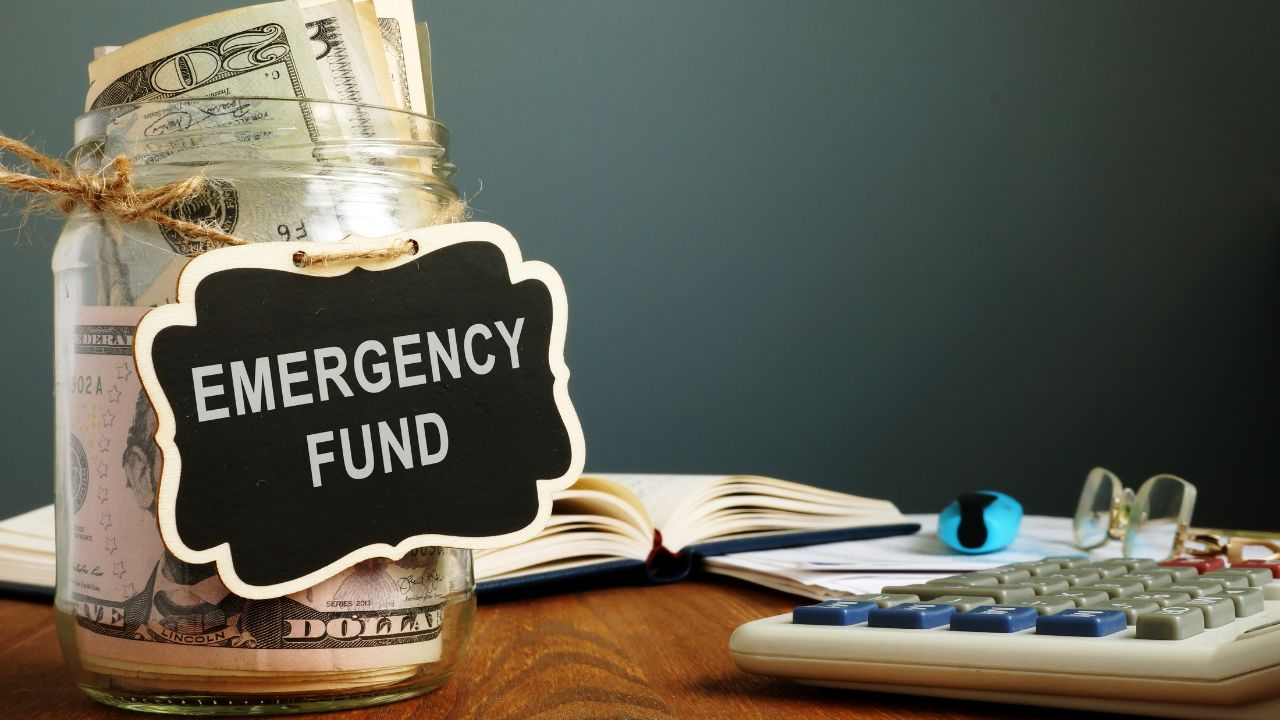Life has a way of surprising us, sometimes in wonderful ways, but often with unexpected challenges. A sudden job loss, medical emergency, car repair, or even an urgent trip can turn your finances upside down. Without a safety net, many people resort to high-interest credit cards or loans, falling into cycles of debt that take years to recover from.
This is where an emergency fund comes in. It is not about “if” you will face an emergency, but when. An emergency fund is the financial cushion that ensures you don’t have to panic when life throws curveballs.
The good news? Building one doesn’t have to be complicated or overwhelming. This guide will walk you through why you need an emergency fund, how much to save, and practical steps to get started, even if you’re on a tight budget.
What is an Emergency Fund?
An emergency fund is money set aside specifically for unexpected expenses. Unlike regular savings, it is only for emergencies, not holidays, shopping, or planned expenses.
Characteristics of a True Emergency Fund:
- Accessible: Available quickly when needed.
- Safe: Kept in low-risk accounts, not volatile investments.
- Separate: Not mixed with day-to-day spending accounts.
Why You Need an Emergency Fund
1. Protection from Debt
Without a cushion, people rely on credit cards or payday loans—leading to interest and long-term debt.
2. Peace of Mind
Knowing you have backup funds reduces stress and anxiety about “what if” scenarios.
3. Financial Flexibility
Unexpected opportunities (like relocating for a better job) are easier to manage when you’re not strapped for cash.
4. Stability During Crises
Job losses, medical emergencies, or global events (like a pandemic) become more manageable when you have savings to cover essentials.
How Much Should You Save?
The right amount depends on your lifestyle, expenses, and financial responsibilities.
- Beginners: Aim for ₹25,000–₹50,000 (or $500–$1,000) as a starter emergency fund.
- Standard Rule: 3–6 months of essential expenses (rent, food, utilities, transport).
- Families or Single-Income Households: Closer to 6–12 months of expenses for added security.
Example: If your monthly essentials are ₹40,000, aim for at least ₹1,20,000–₹2,40,000 in your emergency fund.
Where to Keep Your Emergency Fund
The key is balance, accessible but not so easy to spend casually.
- High-Yield Savings Account: Safe, liquid, and earns some interest.
- Fixed Deposits (short-term, breakable): In countries like India, fixed deposits allow liquidity if needed.
- Money Market Accounts: Stable returns with access.
- Avoid: Stocks, mutual funds, or long-term investments, too risky for emergencies.
Step-by-Step Guide to Building an Emergency Fund
Step 1: Assess Your Current Finances
- List monthly essential expenses.
- Check existing savings.
- Decide your initial emergency fund goal (start small if needed).
Step 2: Start Small and Grow Gradually
- Don’t wait to save the “perfect” amount. Even ₹500 a week builds over time.
- Celebrate small milestones, ₹5,000, ₹10,000, then ₹50,000.
Step 3: Automate Your Savings
- Set up automatic transfers to a separate account right after payday.
- Treat it like a non-negotiable bill.
Step 4: Cut Unnecessary Expenses
- Cancel unused subscriptions.
- Cook at home instead of frequent takeaways.
- Redirect that money into your emergency fund.
Step 5: Boost Income
- Take small freelancing gigs or weekend jobs.
- Sell unused items online.
- Allocate side income fully to the emergency fund.
Step 6: Protect and Maintain It
- Use only for genuine emergencies.
- Replenish immediately after withdrawal.
- Review fund size annually as expenses grow.
What Counts as an Emergency?
✅ Valid Uses:
- Medical emergencies
- Job loss or reduced income
- Car or home repairs
- Emergency travel (family illness, funeral)
❌ Not Emergencies:
- Holidays or vacations
- New gadgets or luxury purchases
- Routine expenses like rent or groceries (should be covered by income)
Common Mistakes to Avoid
- Keeping It in Cash at Home: Unsafe, prone to theft or impulsive spending.
- Investing It in Stocks: Market fluctuations may lock funds when you need them.
- Mixing with Regular Savings: Easy to “accidentally” spend.
- Setting an Unrealistic Goal: Better to start small than not at all.
How an Emergency Fund Can Change Your Life
- Reduces reliance on debt.
- Provides confidence to take career risks (like switching jobs).
- Prevents financial stress in crises.
- Acts as the foundation for bigger financial goals, like investing and retirement planning.
Frequently Asked Questions
Q: How long does it take to build an emergency fund?
It depends on your income and savings rate. A starter fund can be built in months, while a full 6-month fund may take 1–3 years.
Q: Should I build an emergency fund or pay off debt first?
Do both in parallel—start with a small emergency fund (₹25,000–₹50,000), then focus on high-interest debt while continuing to save.
Q: Can I invest my emergency fund?
No. Emergency funds should be safe and liquid. Investments are for long-term goals, not urgent needs.
Q: Should I have separate funds for emergencies and goals?
Yes. Keep emergency savings separate from travel, education, or home-buying funds.
An emergency fund is the first line of defence in financial planning. It is not about growing wealth; it is about protecting it. By starting small, automating savings, and keeping the money safe yet accessible, you can build a reliable cushion against life’s uncertainties.
The peace of mind that comes from knowing you can handle emergencies without debt is priceless. With an emergency fund, you’re not just preparing for the unexpected; you’re buying yourself freedom, stability, and confidence in your financial future.
Start today, even if it’s just a small amount. Every deposit brings you closer to security, and over time, your emergency fund will become one of the strongest pillars of your financial well-being.








Leave a Comment